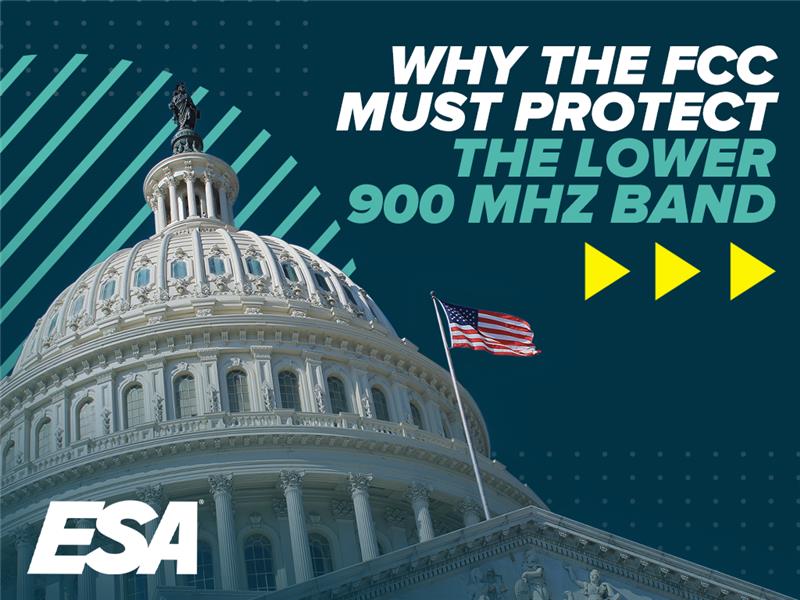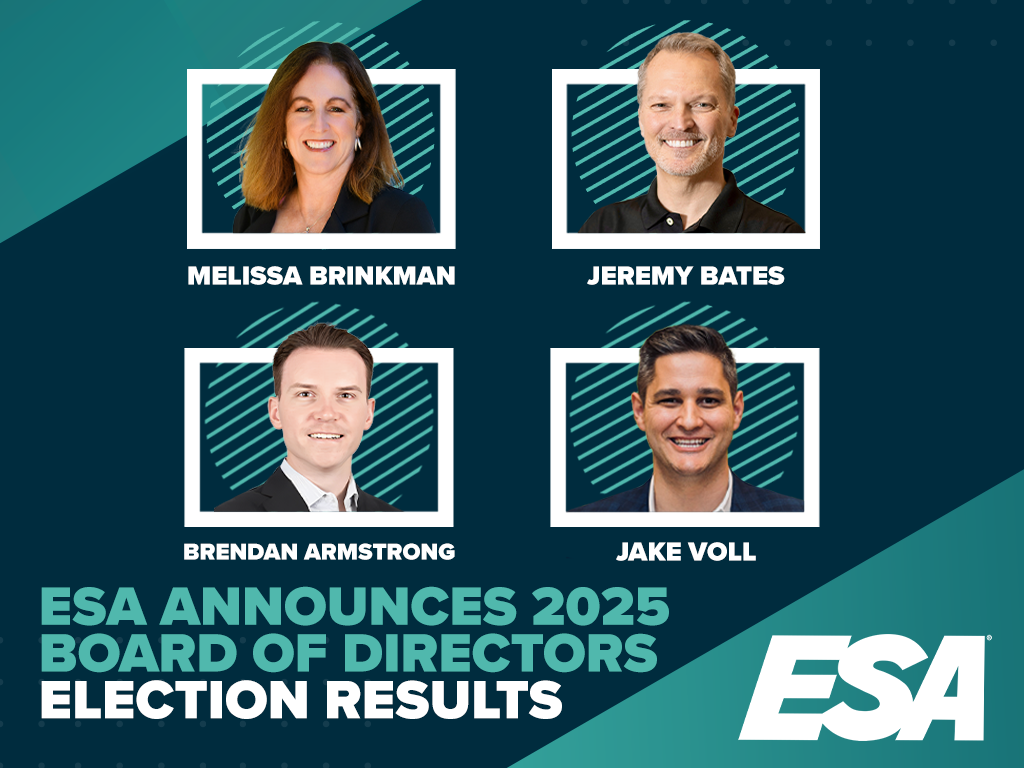Updates on Overtime Exemption, Joint Employment and Broadband

A trio of significant decisions that could likely impact different segments of the electronic security and life safety industry were made during September on the regulatory and judicial fronts. These are all topics we have discussed in past blogs and the decisions mark a significant shift in policy issues.
Labor Department Issues Final Rule on Overtime Exemption Threshold
The Labor Department issued a final rule on September 27, 2019 that raises the exemption from overtime for executive, administrative and professional (EAP) employees from $23,600 to $35,568. This rule came about because an earlier Obama administration rule issued in 2016 would have raised the overtime threshold to over $47,000 and indexed the rate moving forward. This rule was struck down in court because it based overtime eligibility on the employee salary level and supplanted an analysis of the employee’s actual duties for overtime eligibility along with indexing the rate moving forward. That rule would have also made 4.2 million more workers eligible for overtime and resulted in a business to employee transfer of $1.4 trillion, which would have had incredible collateral impact on the overall economy and on most businesses.
The recently finalized rule maintains the long-standing overtime eligibility rules and raises the salary threshold by using the same methodology that was used when the previous threshold was established in 2004. While this ruling will make more employees eligible for overtime, it will not be anywhere near as onerous as the 2016 rule that was struck down in District Court.
These are all topics we have discussed in past blogs and the decisions mark a significant shift in policy issues. – Chris Heaton
Ninth Circuit Rules that McDonald’s is Not a Joint Employer
The Ninth Circuit Court recently ruled that McDonald’s cannot be held liable for wage and hour violations allegedly committed by its franchisee’s. The court upheld a 2017 District Court decision, which found the company did not have enough control over its franchisee’s employees’ wages, hours or working conditions to justify being classified as a joint employer.
The ruling holds to a more restrictive definition of what constitutes a “joint employer,” which we support to limit the exposure employers (contractors) have when they hire subcontractors to fulfill segments of their business. This ruling is a significant departure from what was previously expected with this circuit and might reflect the influence of recently nominated judges.
DC Circuit Court Upholds Most of the FCC “Restoring Internet Freedom Order”
The DC Circuit Court of Appeals affirmed the FCC’s “Restoring Internet Freedom” ruling from 2018, which returned regulation of broadband internet access services (BIAS) to an information service, not regulated by Title II as a common carrier by the FCC. This “light touch” regulatory framework was the norm for internet services until a 2015 FCC ruling put BIAS providers under the same regulatory framework as traditional telecommunication providers. BIAS providers claimed this strangled their ability to expand and innovate internet services, which exploded prior to the 2015 ruling.
But the court denied that the FCC could unilaterally deny states the right to set their own “net neutrality” laws. It ruled the FCC must address state laws on a case-by-case basis. This will certainly lead to more litigation as the conflicts between the FCC ruling and individual states become manifest.




